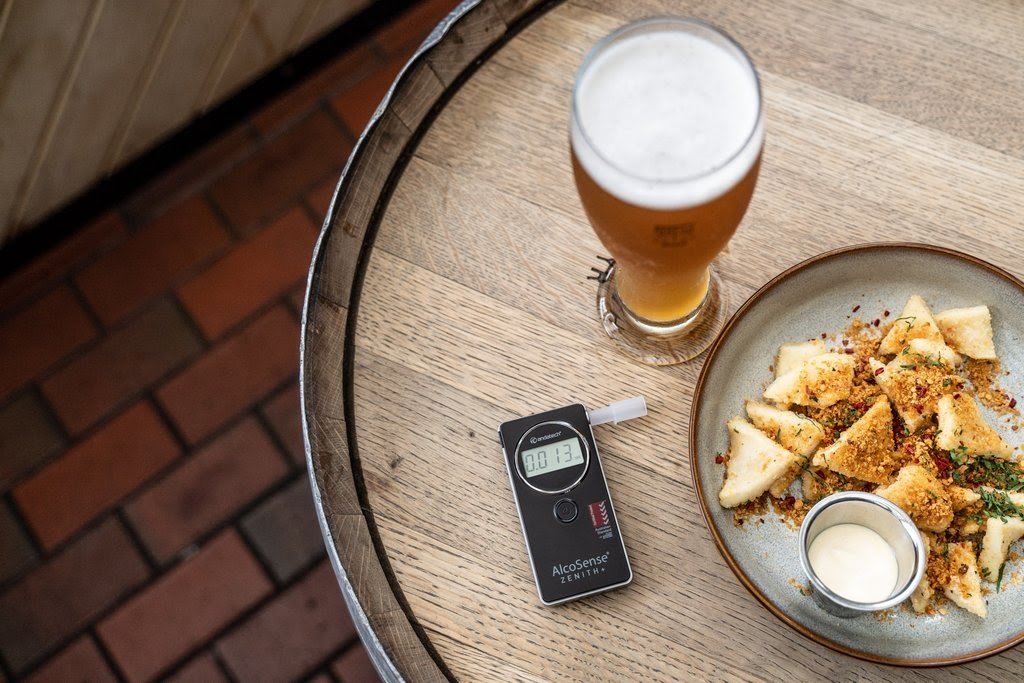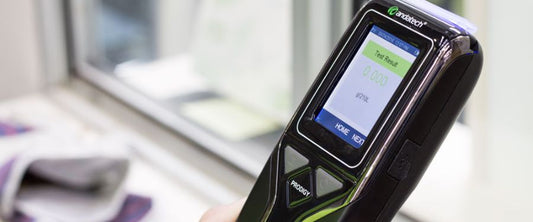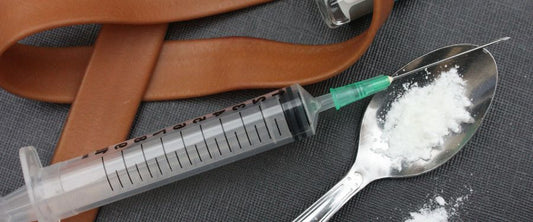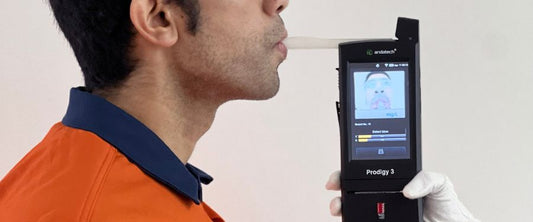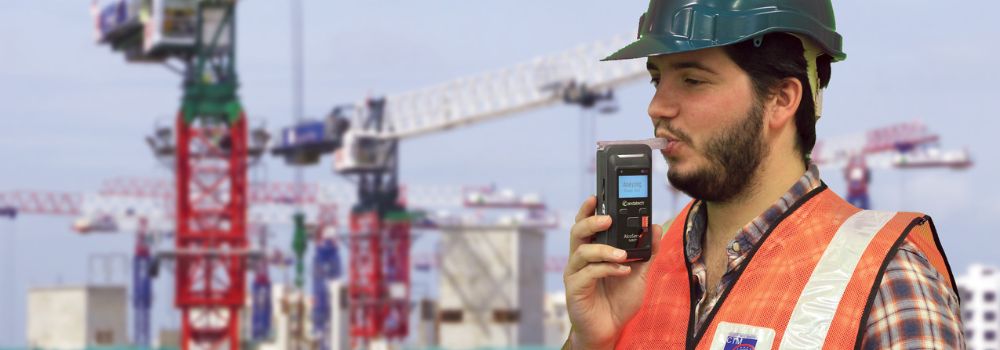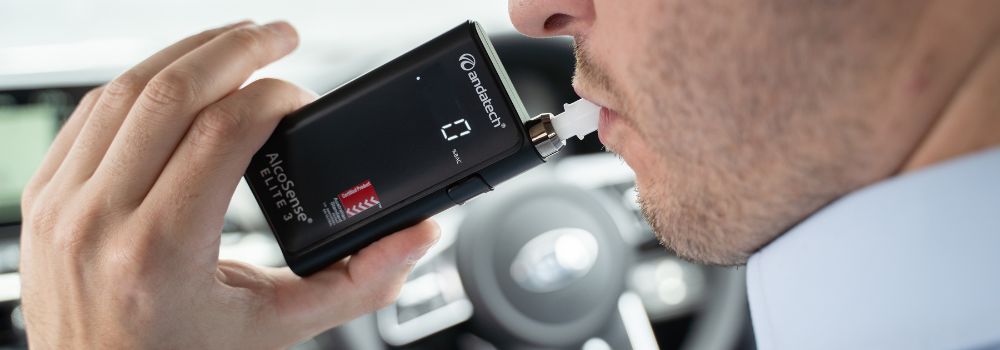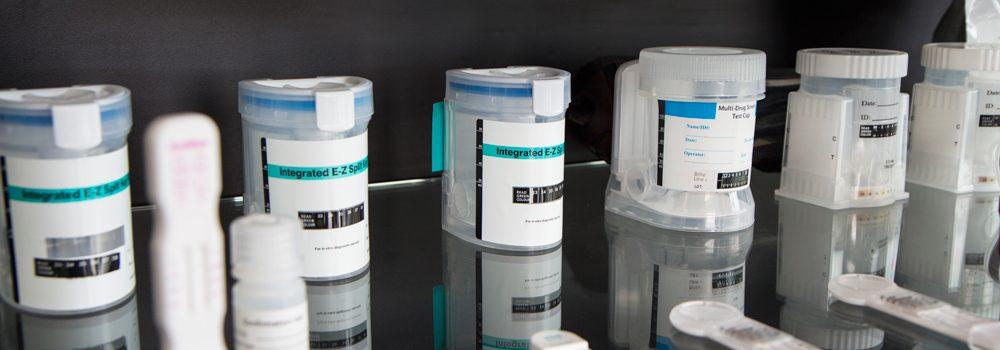Breathalyzers are a relatively new and innovative way to measure one’s BAC (Breath Alcohol Content), especially when it is imperative that one must know their levels immediately. There are many factors that may affect your device’s accuracy- some of which will be listed below:
1. THE BREATHALYZER ITSELF
Although the purpose of this machine is simple, mechanics within the device, and the way it is manufactured is quite complicated. Due to this, different manufacturers may use a variety of materials and methods when producing these devices, which may potentially lead to different readings based specific device in use.
Local laws may govern breathalyzers depending on your location- meaning that the breathalyzers being used in the field may have to be compliant if they are are to be admissible in court. If that isn’t the case, then your lawyer may successfully prove that the wrong device was used, meaning that your DUI or other infractions could potentially be overturned.
2. CALIBRATION OF THE DEVICE
Because breathalyzers are so complex, they have to be calibrated correctly, and on a regular basis (unless they are disposable units)- lest they produce incorrect results. In fact, most of the time, police officers are supposed to recalibrate their breathalyzers every time they’re used, as well as make a note of it each time that happens.
As we all know, mistakes happen, and sometimes this doesn’t occur. Fortunately, if you were subjected to a test that hadn’t been calibrated correctly or recently, you may be able to argue that it was not working correctly when it was used on you.
3. SINGLE USE TESTING
Using our thermometer analogy again, let’s say that you take your temperature and it’s higher than average. Would you trust it the first time, especially if you didn’t feel particularly hot? Probably not, right?
Well, the same should hold true of a breathalyzer test. Because detecting alcohol in your mouth is not an exact science, multiple tests should be conducted to make sure that you are, in fact, over the legal limit.
Unfortunately, most officers will only administer the test once, meaning that if you fail, you could be facing a DUI, even if repeated tests may come to different conclusions. According to research, the variance in accuracy can be as much as 12%, which shows how necessary it is to get multiple readings before making a final assessment.
Thus, if you were not subjected to multiple tests, then you may be able to claim that the accuracy was not established correctly. Because of this variance, it’s imperative for all officers to double and triple-check if necessary to ensure accuracy.
4. MEDICAL CONDITIONS
As alcohol takes a variety of forms (even some naturally occurring within one’s own body), breathalyzer’s may pick them up during readings.
Certain medical conditions ushc as acid-reflux and diabetes produce enzymes that may be misread by semiconductor breathalyzer units as ethyl alcohol, thus providing a false positive, or a higher BAC reading. If you are affected by these conditions, then it is imperative that you speak about them to the person administering the test (e.g. police officer, workplace manager, etc) so that they can recalibrate the device, or administer multiple tests if necessary.
If your false reading is used as evidence in court, a physician documenting your condition may be enough to dismiss the accuracy of the test and help your situation.
5. BREATHING PATTERNS
There are many factors in regards to breathalyzers that may alter readings- one of which would be a short blow, that may result in a “fLo” error. If this is the case, the solution is simple: have a long, steady blow into the device, and only stop when you hear a double beep, or double click. Do bear in mind that as you are blowing, the device will have steady beeps to show that it’s recording your blow.
Because breathalyzer tests are quite sensitive, readings can be altered due to various reasons. This particular variance is why multiple tests are a necessity, and why different breathing patterns may skew results here and there.
For example, keeping your mouth in a closed position could potentially result in a higher concentration of ethyl alcohol- holding your breath before the test would also result in higher levels of ethyl alcohol concentrations. Even though the variance in readings may not be that substantial, it may possibly be enough to push you over the legal limit (e.g. 0.049 to 0.051). Every decimal place counts.
Before you blow, do ensure that your device has been fully calibrated, and is at optimal performance by cleaning your mouth piece and waiting for the recommended time-frame before blowing (between 15-30 minutes after consuming alcohol).
Disclaimer: The information provided in this article is for general reference only. Please seek advice from professionals according to your business’s needs.
Written by Eugene Ng

